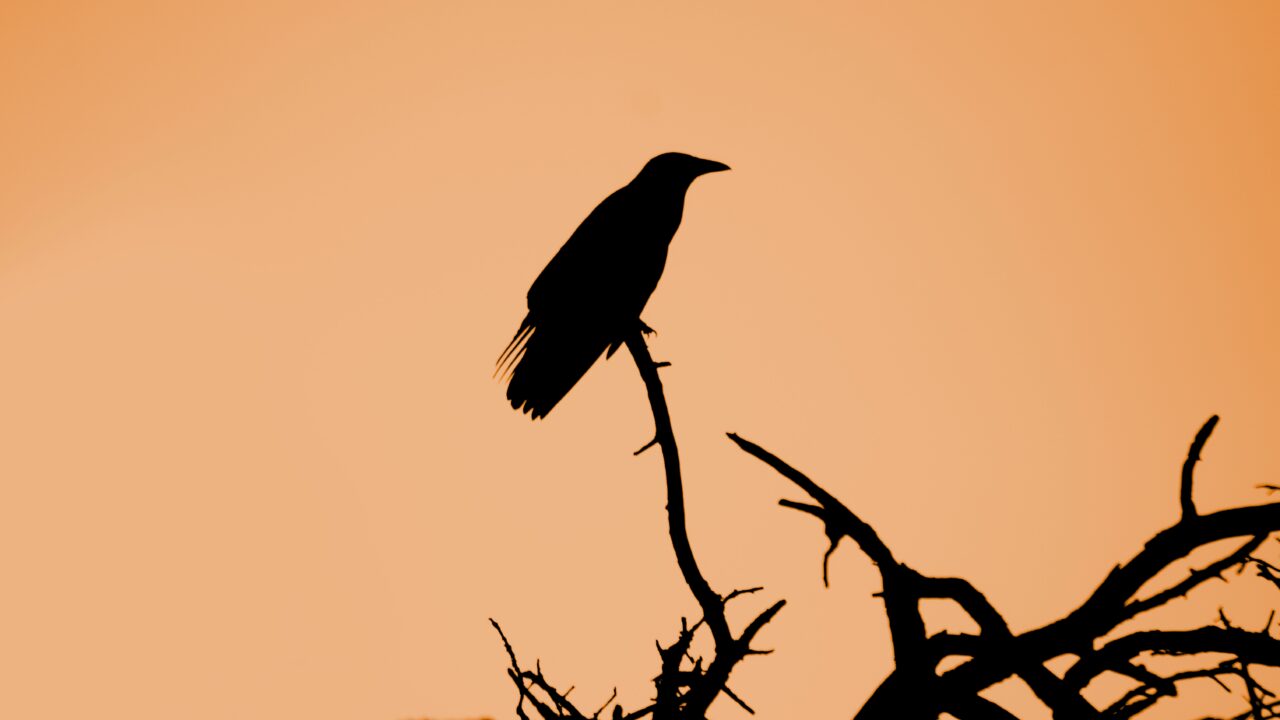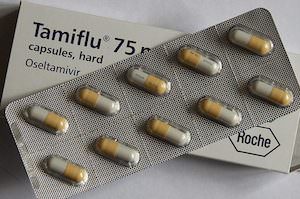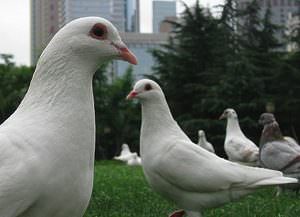Keeping a Bird’s Eye on Bird Flu
Scientists are monitoring mutations in H5N1, a pathogenic avian flu that may be moving in our direction. Photo by Alexander Sinn / Unsplash
Photo by Alexander Sinn / Unsplash
On May 11, the national emergency over the COVID-19 pandemic will end, more than three years after it was first declared during the Trump administration. Never mind that nearly 90,000 new cases are still being diagnosed each week in the U.S. and about 1,000 deaths were recorded for the same period. For most people, life is returning to normal, if there ever will be a “normal” again.
In the meantime, scientists are keeping a wary eye on the next apparent threat: the danger that a highly pathogenic variant of bird flu, which is exploding around the world, will jump to humans and cause another, possibly much worse, pandemic. A new study by researchers in Maryland, published last month in the journal Conservation Biology, underscores just what we might be up against. And it’s not yet clear whether the kind of coordinated response needed to fight the new threat, requiring local, state, and federal responses, is ready to go.
As recent media accounts have made clear, bird flu is no longer just for the birds, even though it has been decimating poultry flocks around the world since the latest major outbreak began in late 2021. The virus has expanded its host range to include dozens of bird species it only rarely infected before. The virus has jumped to a growing number of mammalian species, including bears, bobcats, coyotes, dolphins, seals, raccoons, skunks, foxes, opossums, and minks — in other words, species to which humans are often exposed.
One of the most worrying episodes, which made even the calmest scientists very alarmed, was a major outbreak of a highly pathogenic variant of bird flu — known as H5N1 — at a mink farm in Spain. Previously, mammal-to-mammal transmission of the virus was considered fairly rare. In this case, not only did the virus spread from one mink to another, but it gained a mutation that made it easier for it to do so.
As the Maryland team pointed out in its new study, this bird flu outbreak is like no other we have seen. Previous outbreaks, for example in the U.S. in 2015, were seasonal, occurring mostly in the fall and largely controllable by the culling of poultry flocks. The current epidemic, now about 18 months long, has given the very dangerous H5N1 virus — which has caused a 50 percent death rate in the small number of human cases it has caused — a greatly increased number of chances to mutate and adapt to new mammalian species, including us.
One of the most worrying episodes, which made even the calmest scientists very alarmed, was a major outbreak of a highly pathogenic variant of bird flu — known as H5N1 — at a mink farm in Spain.
“We’ve been dealing with low pathogenic avian influenza for decades in the poultry industry, but this is different,” Jennifer Mullinax, an environmental scientist at the University of Maryland and coauthor of the new study, told the college publication MarylandToday. “This high[ly] pathogenic virus is wiping out everything in numbers that we’ve never seen before.”
While human cases remain rare, widely publicized assurances by scientists that the danger to humans is still low are not necessarily reassuring. That’s because the H5N1 variant uses a cell receptor, called a sialic acid, to enter lung and bronchial cells when it attacks birds. So far, the virus attaches to the bird version of that particular sialic acid and not the human one. But it would take only one or two mutations in the virus for it to switch to the human version — not a high barrier for a virus that is constantly replicating and changing.
That means there is lots to worry about, and we have been very lucky so far. But some scientists are worried about another possibility: that researchers studying the H5N1 virus might accidentally release it from a lab. That possible scenario caused a controversy a bit more than a decade ago when it was revealed that NIH-funded scientists at Erasmus University in The Netherlands and the University of Wisconsin in the U.S. were genetically manipulating the virus to see how it might infect our species. In the course of their experiments, they succeeded in creating a H5N1 variant that could be transmitted through the air between ferrets.
That episode led to the long-running battle over “gain-of-function” research which continues as some scientists and activists are arguing for much stricter regulations and new laws to control research with risky pathogens.
Is that kind of research with N5N1 going on now? It’s not clear. But buried in a news story about the mink outbreak in Spain, Science magazine reported a clue that it might be happening sometime soon. The journal quoted Isabella Monne, a veterinary researcher at the European Union’s Reference Laboratory for Avian Influenza in Italy:
Monne says her team and others are now studying the properties of the mink virus and the effects of the mutations it has accumulated. Among other things, they want to study how well the virus transmits through close contact between animals. “We are planning to also do aerosol transmission studies,’ she says.
But when Monne and her colleagues were contacted by Truthdig in February for further details about this research, which many scientists consider to be very risky, they were not forthcoming. “Actually, there are no further updates to share than the ones previously reported. When additional data are available we will promptly contact you,” Monne wrote in an email.
Monne and her colleagues at the laboratory have not responded to repeated requests for updates. But it seems clear that we humans should be getting ready to fight a virus that has a 50 percent death rate, even without the mutations that would make it more easily transmissible to our species. It could make COVID-19 look like a walk in the park by comparison. Will we be ready?
Maryland’s Mullinax told Truthdig that the long experience with bird flu in the U.S., which we did not have with COVID-19, should make us better prepared. This time around, she says, “I think the messaging will be fast and effective.”
Your support matters…Independent journalism is under threat and overshadowed by heavily funded mainstream media.
You can help level the playing field. Become a member.
Your tax-deductible contribution keeps us digging beneath the headlines to give you thought-provoking, investigative reporting and analysis that unearths what's really happening- without compromise.
Give today to support our courageous, independent journalists.







You need to be a supporter to comment.
There are currently no responses to this article.
Be the first to respond.